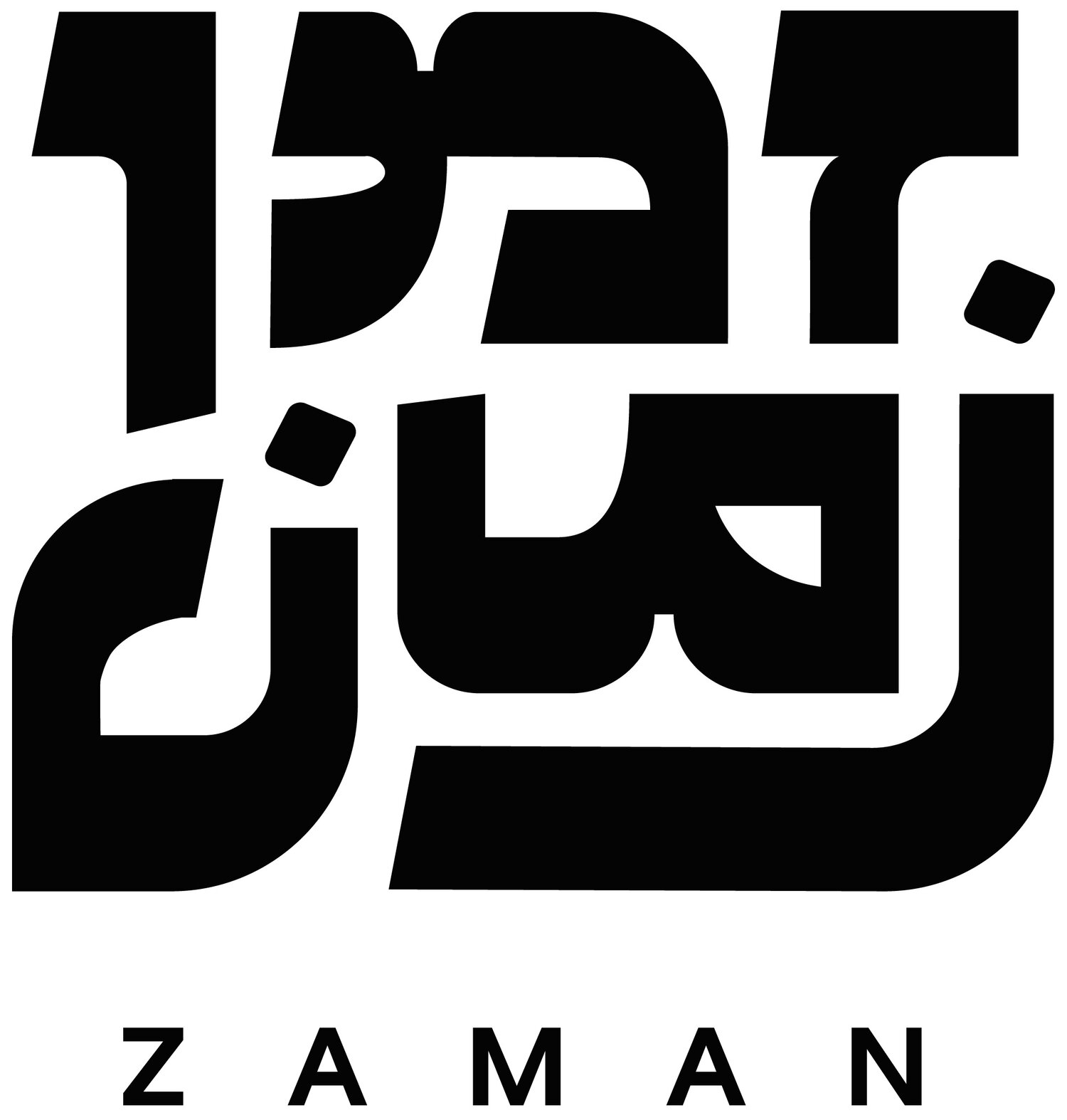Existing in Duality: A History of Mashhadi Jewry
Esther Amini’s paternal grandparents Tuti and Moshe Aminoff, from her book Concealed, which details her family’s story of life as Mashhadi Jews. (Courtesy Esther Amini)
In 1839, the Jews of Mashhad, a city in Northeastern Iran, were faced with the difficult decision of converting to Islam or accepting their death. A vicious and false rumor had spread in Mashhad about the Jewish community mocking Islam. The city’s inhabitants used this rumor as an excuse to eliminate the economically prosperous Jewish community, which many Muslims had falsely accused of controlling businesses and commerce at large.
One of the most unique and complex cases of the oppression of Jews in Iran is that which took place in Mashhad. The lives of Mashhadi Jews had been a mystery since the day they were forcibly converted to Islam, a day often referred to as Allahdad, or God’s Justice. These newly converted “Muslims” were called jadid al-Islam and could be seen observing Ramadan and buying halal meat from the city’s markets. Little did the surrounding Shia Muslim community know what lengths the Mashhadi Jews went to preserve their Jewish faith and identity behind closed doors.
A remarkable testimony from Rachel Betsalely, a retired librarian at Bar-Ilan University, details the strategies that Mashhadi Jews were forced to employ in order to preserve their Judaism. Her grandparents lived double lives in Mashhad: inside the home they were Jewish, but in public they were Muslim. Her family was compelled to buy cats and dogs, something forbidden among more religious Jews, to eat their store-bought halal meat while they themselves ate kosher meat at home. Betsalely’s family, like most Mashhadi Jews, was also forced to slaughter meat in accordance with the laws of kashrut by themselves, without the aid of a shohet (Jewish butcher), to disguise their observance of laws important to their faith. Mashhadi Jewish women were often engaged to Jewish men at abnormally young ages so that they would already be married if Muslim men asked to marry them. Mashhadi Jewish men had to attend Friday prayers at the mosque and participate in the remembrance of the death of Imam Hussein during Ashura. Sabbath candles had to be lit under tablecloths to hide their vibrant light from the windows.
Allahdad was not only marked by the death of the Jewish identity for Mashhadi Jews, but also the death of the city’s Jewish spirit. The Muslim public was granted permission by city leaders and clerics to invade the Jewish quarter, attack Jewish homes and businesses, burn Jewish books, and destroy synagogues. All evidence of a Jewish presence in Mashhad was to be erased for good. Mashhadi Jewish rabbis currently residing in New York remember how their fathers, leaders of the city’s once-vibrant Jewish community, sat tirelessly for months sewing back together burned Torah scrolls to continue teaching their children the faith. While the Qajar kings precluded Jews from obtaining leading roles in society in cities such as Isfahan, Tehran, Kerman, and Yazd, the Iranian Jews of Mashhad could not fully exist as Jews. While other Iranian Jews were condemned to working humiliating jobs as peddlers, court jesters, and alcohol manufacturers, the Jews of Mashhad had to partake in Muslim observances, such as attending Eid prayers and going on hajj, harboring the extreme guilt of having abandoned their Judaism. Thus, the identity of Mashhadi Jews came to diverge significantly from that of other Iranian Jews. Lerone Edalati, a Mashhadi Jew, elaborates on this phenomenon, referring to Allahdad as “The beginning of a new class of Jews,” and explains how “this crypto-group formed its own crypto-identity and preserved it by marrying [one another]”
Even after the dawn of the Pahlavi dynasty in 1925, when Reza Shah greatly diminished the power of Shia Muslim clerics and religious figures across Iran, Mashhadi Jews still had to maintain their dual identities. As the community’s economic prosperity increased due to its involvement in the textile industry, Mashhadi Jews began their emigration from their home city to Tehran, where a more assimilated community of Jews was already established. From then on, Mashhadi Jews left Iran in droves to countries like Germany, Italy, Israel, and the United States. They changed their Iranian-Islamic first and last names to very typical Hebraic names, like Betsalely, that Iranian Jews were for the most part foreign to, and resorted either to completely secular or completely Orthodox Jewish practice.
Iranian society has always been ethnically, linguistically, religiously, and politically diverse. While diversity can add beauty to society, it can also lead to bitter rivalry and the oppression of minority groups. Overall, these testimonies show the great lengths that Mashhadi Jews took to preserve their identity and faith despite severe constraints on religious observance, which have resulted in their continued distinction from other Iranian Jewish communities even today in diaspora.
References
Fischler, Marcelle S. “In Great Neck, New Orthodox Synagogues.” The New York Times. The New York Times, December 14, 1997, https://www.nytimes.com/1997/12/14/nyregion/in-great-neck-new-orthodox-synagogues.html.
Green, David B. “1839: Persian Jews given Choice: Convert or Die.” haaretz.com, April 10, 2018.https://www.haaretz.com/jewish/.premium-1839-persia-to-jews-convert-or-die-1.523465 .
Morpurgo, Giulia. “Great Neck, a Persian Island in New York.” JoiMag, January 10, 2019. https://www.joimag.it/great-neck-persian-island-in-new-york/.
MOREEN, VERA BASCH. "Mashhadis: Jews Out of Place." The Jewish Quarterly Review 100, no. 4 (2010): 712-14. Accessed February 7, 2020. www.jstor.org/stable/25781014.
NISSIMI, HILDA. "From Mashhad to New York: Family and Gender Roles in the Mashhadi Immigrant Community." American Jewish History 93, no. 3 (2007): 303-28. Accessed February 7, 2020. www.jstor.org/stable/23887951.
Nissimi, Hilda. "Memory, Community, and the Mashhadi Jews during the Underground Period." Jewish Social Studies, New Series, 9, no. 3 (2003): 76-106. Accessed February 7, 2020. www.jstor.org/stable/4467657.
MOREEN, VERA BASCH. "Mashhadis: Jews Out of Place." The Jewish Quarterly Review 100, no. 4 (2010): 712-14. Accessed February 7, 2020. www.jstor.org/stable/25781014.
“The Double Lives of Mashhadi Jews.” The Jerusalem Post | JPost.com, January 1, 1AD. https://www.jpost.com/Cafe-Oleh/Ask-The-Expert/The-double-lives-of-Mashhadi-Jews.

